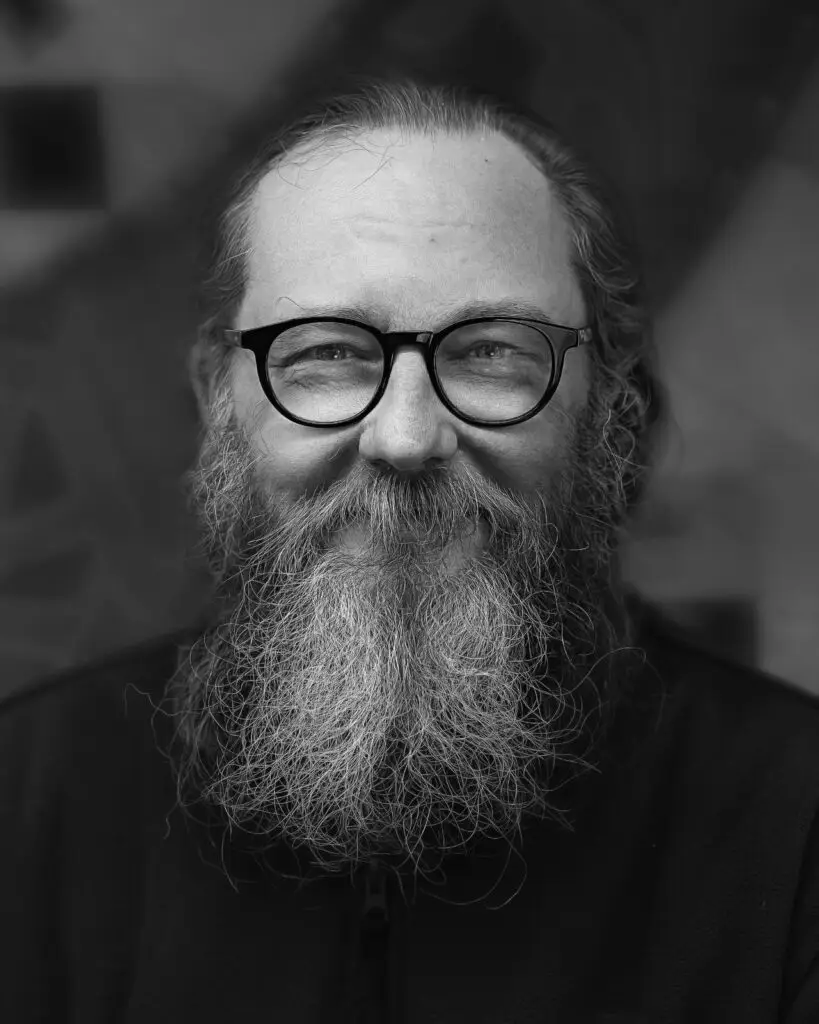Making Ideas Happen
The Importance of Planning
Every project starts with an idea—a vision for change, a story to tell, or an issue that needs to be seen and understood. Some of our projects are in full swing, others are still in development, and sadly, some may never happen due to lack of funding. But the hardest part of any project isn’t securing funding or finding the right collaborators—it’s taking that first step.
Writing your ideas down, making a plan, and setting the wheels in motion is what turns ideas into reality. Without that first step, a project will never happen. Without a plan, you can’t ask people to work with you, and you can’t approach funders with confidence. They need to see your vision, understand why it matters, and know that you’ve done the research to make it happen. A well-thought-out plan shows commitment, clarity, and a real strategy for impact.
Most of our ideas don’t come out of nowhere—they come from conversations. They are often sparked by the people we work with, the stories we hear, and the lessons learned from past projects. One project leads to another, creating a continuous cycle of discovery and action.
This is why we continue to develop new projects, push forward with our ideas, and seek out ways to bring them to life. Because every story deserves a chance to be told, and every project has the potential to make a difference. But it all starts with that first step.
The Planning Process
Turning Ideas into Action
Every successful project starts with a plan. Without structure, even the best ideas remain just that—ideas. Planning is what transforms a vision into something real, something that can be shared, developed, and ultimately, delivered.
The first step is to define the purpose of the project. What is the issue being addressed? Who does it affect? What impact do you want to make? Answering these questions provides a foundation and ensures the project has a clear direction.
Next comes research and development. This involves gathering information, speaking with people who have lived experience, and understanding what has already been done. Good research not only strengthens the project but also helps when applying for funding or seeking collaboration. Funders and partners need to see that you’ve done your homework and that your idea is backed by facts, feasibility, and a well-thought-out plan.
Once the groundwork is laid, it’s time to map out the project. This means setting objectives, deciding on timelines, identifying key stakeholders, and planning resources. It’s crucial to be realistic—knowing what is achievable and within what timeframe. Without this structure, a project can quickly lose momentum.
Collaboration is also key. Many of our ideas come from conversations, often sparked by previous projects. The best projects evolve through discussion, gaining new perspectives and partnerships along the way. Identifying who can help, whether organisations, individuals, or venues, is a crucial step in making an idea work.


Why Do We Share Projects That May Never Happen?
Not every project we share will become a reality—some are still in the early planning stages, others are seeking funding, and some have already started. But we share them because there may be someone out there, even you, who could help make it happen.
Ideas need champions. A project that seems impossible today might become a reality tomorrow with the right support, funding, or collaboration. By sharing our ideas, we open the door to new possibilities, new partnerships, and new opportunities to create impact.
Planning may take time, but without it, projects won’t happen. A well-planned project has the power to create real change—because once an idea is structured, supported, and shared, it becomes something people can believe in, invest in, and act upon.
A great idea means nothing without a plan.
Planning turns vision into action, builds trust, and creates the foundation for real change.
Get Involved
Turn Inspiration into Action
If you see a project that inspires you, get in touch! Every project we share is at a different stage—some are still in planning, some are seeking funding, and others are already underway. But no matter where a project stands, the right support, collaboration, or opportunity can make all the difference.
You might have a skill, a resource, or a connection that could help bring a project to life. Whether you’re an individual, an organisation, or someone who simply believes in the power of storytelling and change, we’d love to hear from you.
Your involvement could be the missing piece that makes an idea a reality. Let’s work together to create something meaningful. Get in touch today!
current projects
Get in Touch
If you would like to work with us in any way or simply have a chat, please get in touch. We’d love to hear from you.